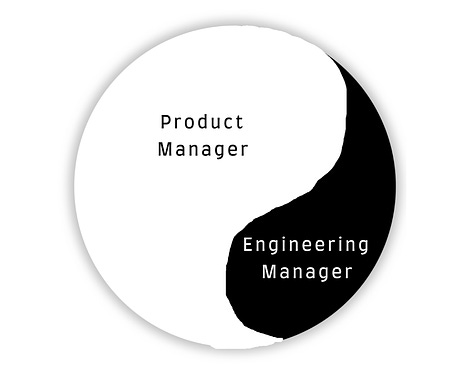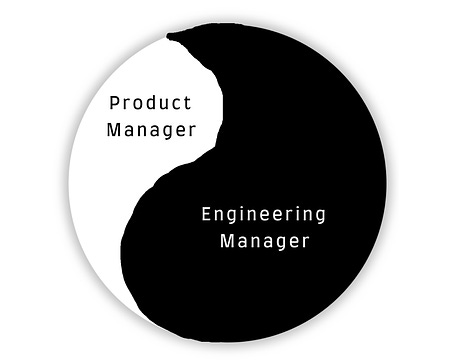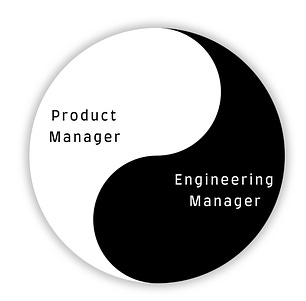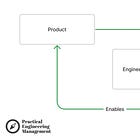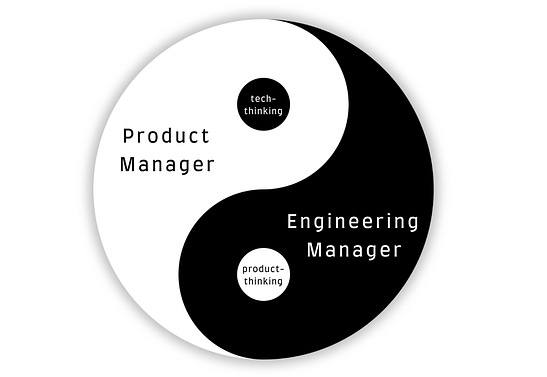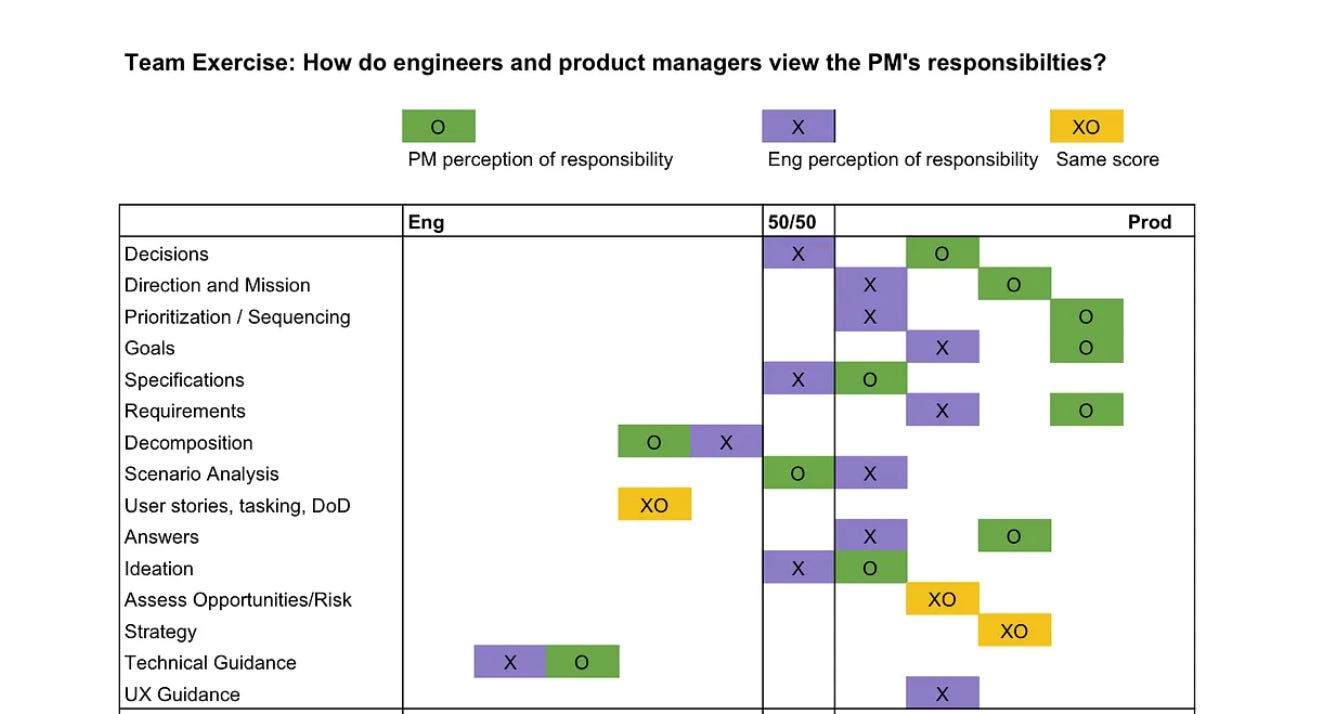I’ve worked with 8 Product Managers in the last decade, and the relationship usually played out in 1 of 3 ways:
A true partnership is damn hard to achieve - I succeeded only twice so far… Today I’ll cover:
Many thanks to John Cutler and Aakash Gupta for sharing their thoughts! How an imbalance looks likeAn imbalanced relationship happens when one side is ‘stronger’ than the other. It can happen for different reasons:
In the end, the most common result is 1 of 2: A PM-led teamI’ve been in 3 such teams earlier in my career. In one of them I’ve been for 2 years, and it looked like this:
The results were happy customers (she was good at her job), happy stakeholders, and a frustrated engineering team. The real problems surfaced only after a while:
You may think it’s easy to fix. I could just insist on more time and higher standards, right? People who’ve been in such a situation know the reality. When the PM is the final decision maker, it’s very hard to resist. You will hear things such as: “This one is really urgent, let’s add the tests later, ok?”. Or “Just make it work in 2-3 days, we’ll have time to refactor it next time we touch this area”. Yeah, right? Naive me. After being burned, it led me to the other side of the scale: An engineering-led teamSome of my recent relationships looked like this:
This is NOT a dream scenario. It resulted in disappointed stakeholders and customers, which misses the whole point of engineering. It’s very tempting to focus only on our own team, fighting for time to do things ‘in the right way’. I love Oren Ellenbogen’s quote on the topic (deeper take here): Technical Debt is less scary than getting out of business - optimizing code or scaling up components that may or may not be used is sticking our heads in the sand. You can’t be satisfied with beautiful code and scalable systems. If your PM is not up to the task - you have to take a deep breath and just do the PM work yourself. A fake balanced teamIn this type of ‘balanced’ relationship, each side has its own responsibilities. You get your tech debt time and the PM doesn’t bother you, and you don’t have a say in the product roadmap. In the long run, it’ll fail. A much better option is for every technical initiative to be on the roadmap, and have a product-related justification. A single roadmap for the team that both of you agree on. Mirek Stanek shared practical tips on how to achieve that: The ability of the PM to defend the technical work against their own manager is a huge force multiplier for the team. Otherwise, when your team will be called ‘slow’ in a meeting you don’t attend - the team will just be thrown under the bus. Building a true partnership - tips for EMsThere IS a way to make that balance work. In my experience, it’s reached when both sides want to make the right decision for the company. Not the team. Not the customers. Not other stakeholders. The long-term success of the company. Here is a quote I absolutely love from ‘Unreasonable Hospitality’, a book about how a restaurant manager created the best restaurant in the world:
The recipe for running an amazing engineering team is very similar to running the best restaurant - it has to be run by both sides, TOGETHER. 3 main tips on how to get there: 1. Help your PM become tech-orientedIf your PM doesn’t have a technical background, it’s up to you to bring him up to speed. Spend the time to explain the benefits of ‘purely technical’ tasks. Use real examples, not technical jargon. Instead of: “We need to create the backend in a new service instead of our Java monolith, there was a decision to start breaking it down to microservices”. Go for: “We prefer to create the logic in a new service our team will own, instead of the shared code. This will allow us to move much faster while implementing future requirements, without being bogged down by other teams”. 2. Become a product-oriented EMThe first step is for you to care about the business:
You don’t have the privilege to not care about the business! When you understand the business and feel closer to the customers and other departments of the company, it’ll be much harder to bury your head in the sand and focus only on technical excellence. It’s part of your job to learn about the Product Management world. How it works, what’s the best practices, and what are the main challenges. It will allow you to sympathize with your PM, understand the reasons behind his decisions, but also challenge him and suggest new ways of doing things. The most time-effective way to learn is to read product management newsletters: I also highly suggest Marty Cagan’s books, and product growth newsletters such as Growth Unhinged by Kyle Poyar, Lenny’s Newsletter by Lenny Rachitsky and How They Grow by Jaryd Hermann. 3. Give the other side some freedomYou’ll never agree on everything. Maybe there is a one-week-long refactor you want to do, but your PM doesn’t think is needed. Or your PM wants to release an urgent fix, and you don’t feel it justifies working after hours. Here’s a golden tip for you (also from “Unreasonable Hospitality”) - use ‘It’s important for me’:
Imagine the relief. You challenge each other, and have heated discussions, but you know you always have a card to pull for what’s truly important for you. Thoughts from experienced PMs3 tips by John Cutler
Aakash Gupta tips
Thanks again to John Cutler and Aakash Gupta. It was one of my longest articles, and a topic close to my heart. I would be very happy to hear your thoughts and tips on it! If you found it useful - please hit the ❤️ to help it reach others! I would love to get any comments or thoughts, here or on LinkedIn. |

